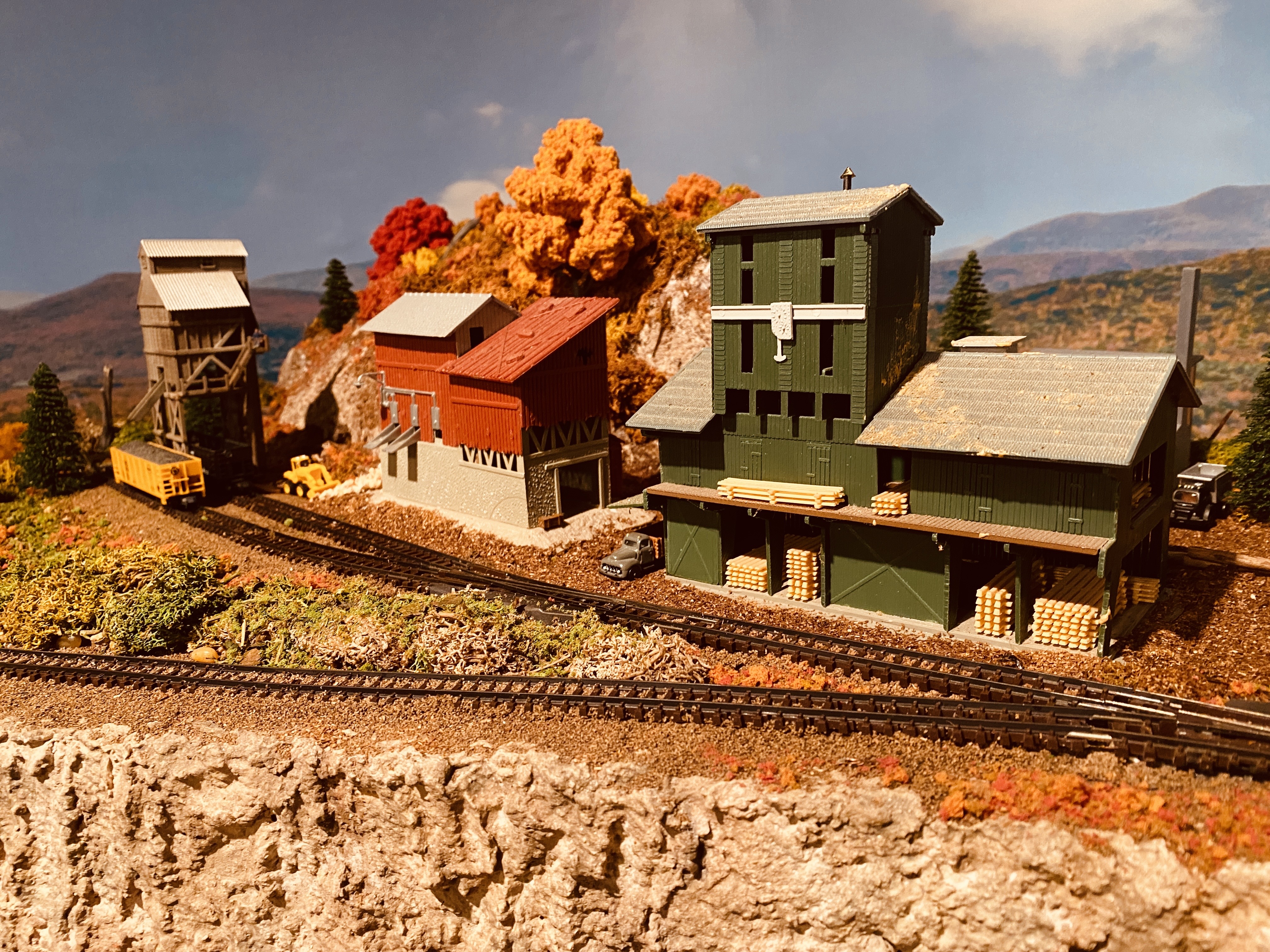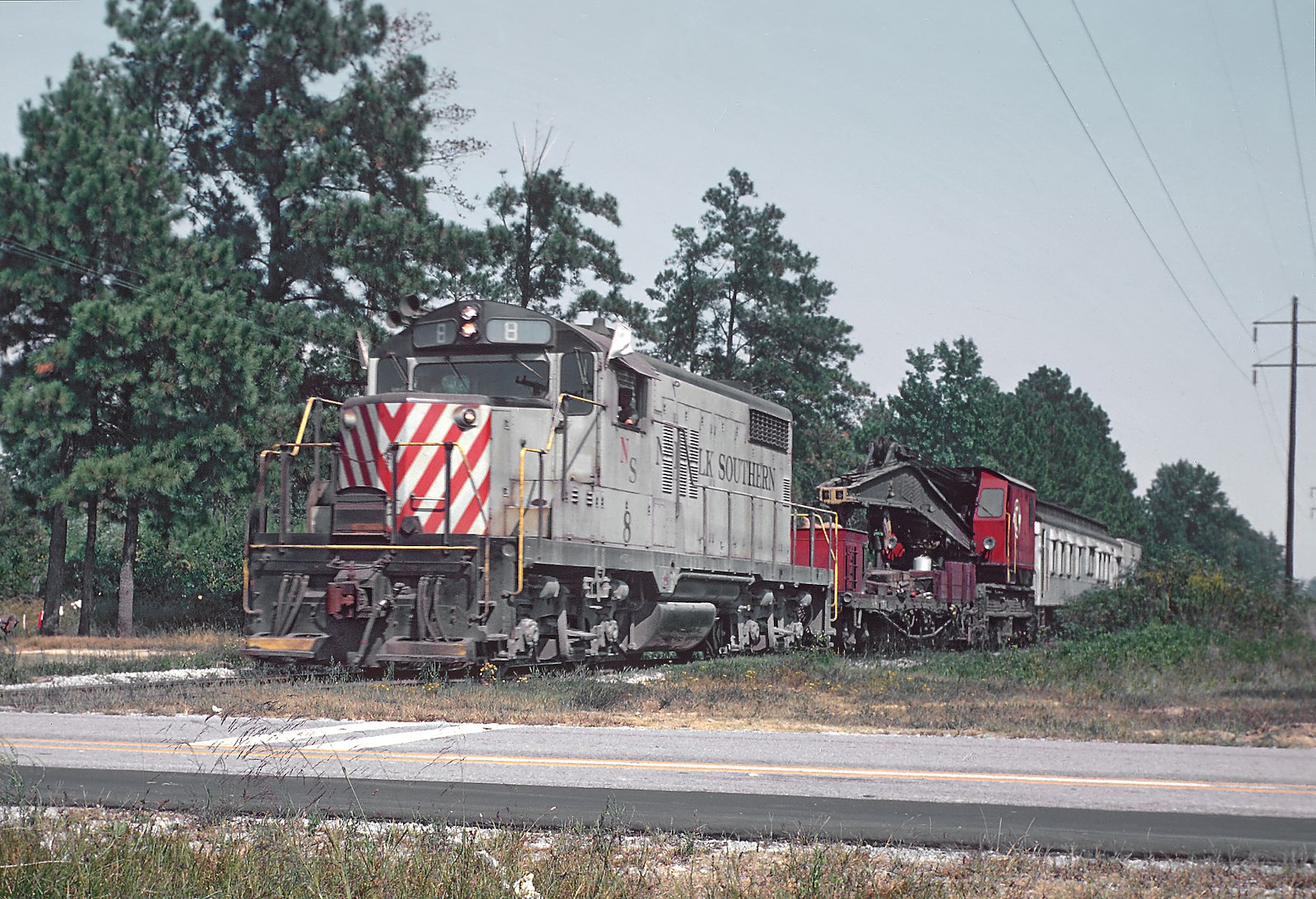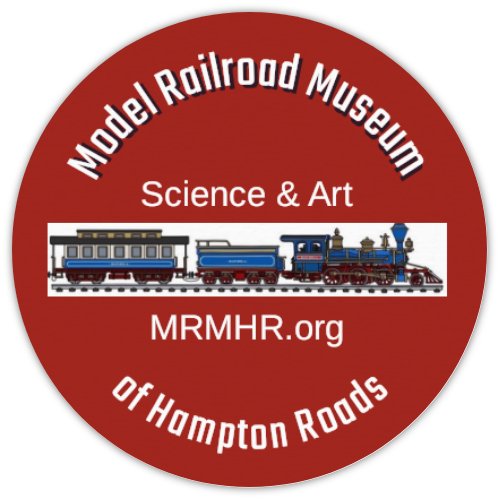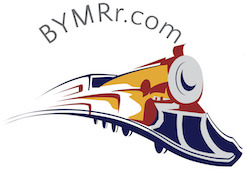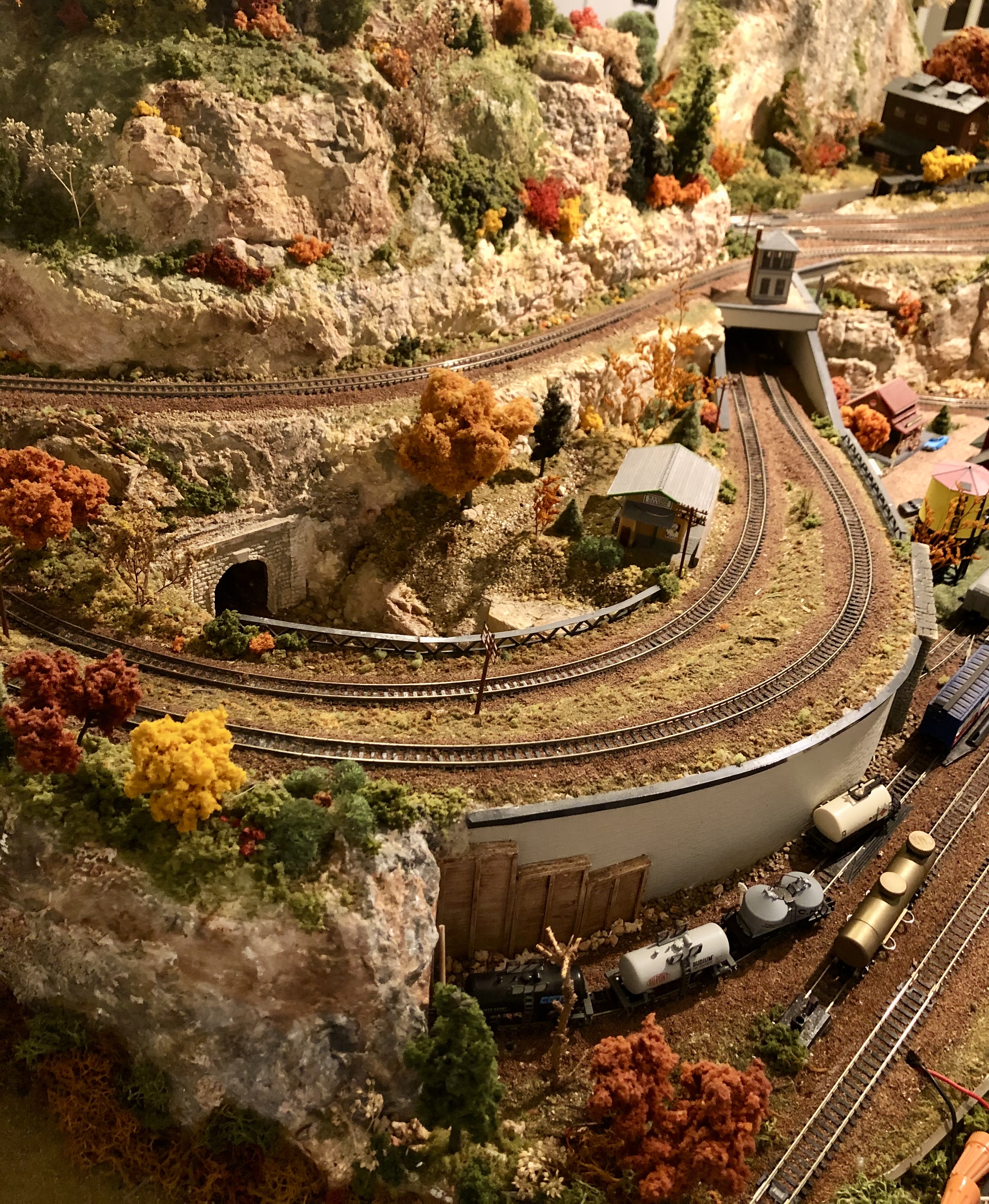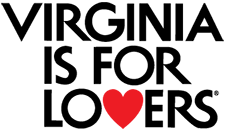Come Together
Get Ready for Family Fun,
Education, and Entertainment!!
| search engine by freefind | advanced | ||
Making Tracks
July 2023

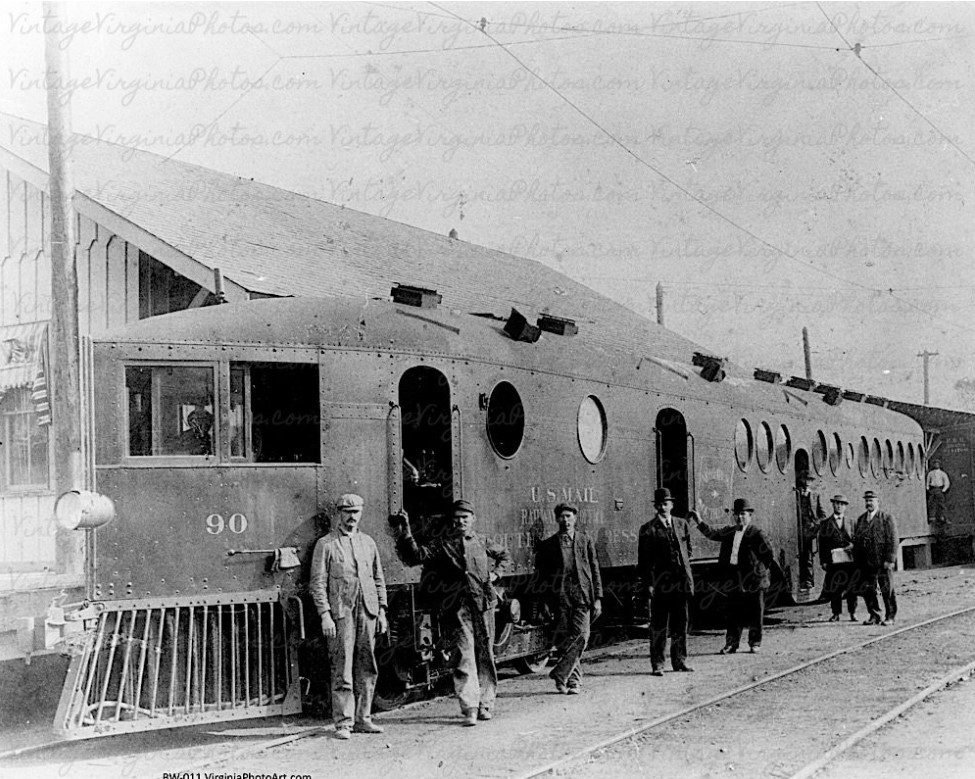 1918 Norfolk Southern Munden Point mail train
1918 Norfolk Southern Munden Point mail trainWelcome to Making Tracks, the official newsletter of the Model Railroad Museum of Hampton Roads. Thank you for subscribing. This will provide you with the newest updates, offers, discounts, lots of information about model railroading, railroad history, stories, and educational articles.
President's Column
Museum President’s Monthly Article:
Welcome to the fourth installment
in the series of seven articles explaining how and why the Model Railroad
Museum of Hampton Roads was created and its long range objective.
How do we plan to achieve our purpose and mission?
It my last article I discussed the lead up to creating the Museum's purpose and mission statement. Now let’s discuss the Museum’s plan to achieve our long range objective.
Basic Design: The Museum's long rang objective will require an estimated 68,000 sq. ft. or greater space containing no less than eight (long range goal is for up to 15 layouts) well-maintained fully functional model railroad layouts built and operated by currently established volunteer groups of model railroaders. Space will be provided for displaying railroad-related artifacts, teaching rooms for talks on various topics related to railroads and modeling railroads, a library containing computers and multiple books and documents that can be used for research, a media room constantly showing theme-related videos, and a small gift shop selling T-shirts, mugs, train sets, etc.
Organizational Overview: The Museum will be a “not for profit” educational organization. To achieve this end, the Model Railroad Museum of Hampton Roads must conceive, develop and implement programs, operating exhibits, and static displays to foster the hobby of model railroads and promote the welfare, mutual understanding and public awareness of model railroading by those actively engaged in the model railroad hobby. This is a multi-phase plan to incorporate and display G, O, S, HO, N, Z model railroad scales over many years, including a wooden layout for young children to play. Plus Youth in Model Railroading or Teens in Model Railroaders and Women Model Railroaders will have a layout in their own scale of choice to display. Additionally, we specifically will utilize the STEAM knowledge to forge a program whereby youth will build four layouts through a four phase program to instill converting their knowledge into works of art for public display. We are in discussion with the local Hampton Roads LEGO User Group (HARDLUG) and Kids Run Trains, who have shown interest in joining this project. They may also operate train displays and be able to hold contests, on-hands training sessions and meetings throughout the year. Should outdoor space be available with the new facility, it may be possible to include a scale 1 train layout (7 ½” -wide track). An attraction of this scale will permit guests to ride a train for a small fee. Available space will determine the physical size of the layout and how much to charge for longer rides. If facility space is available, we will enhance the museum and community service by holding train shows, swap meetings and white elephant sales at least twice a year and educational hands-on clinics twice a month. Model Railroad Museum of Hampton Roads would open every Wednesday for FREE public school field trips to inform youth about the museum and educational benefits through STEAM Program.
Objectives:
· Provide a model railroading experience that educates, inspires, and brings joy to all ages.
· To share and expand the model railroading experience as an avenue for human creativity.
· Establish a base of regular visitors.
· Partner with organizations that support the mission.
· Construct operating layouts for displays and demonstrations.
· Develop exhibits and programs that will attract diverse groups from Tidewater area, including local residents and tourists.
· Attain fiscal stability.
Path to Success:
· Support the teaching and learning of model railroad history.
· Provide an advanced technical interactive experience that enhances learning by using Science, Technology, Engineering, Art and Mathematics (STEAM) through youth constructing layouts from scratch.
· Establish the Model Railroad of Hampton Roads as an indispensable resource regarding railroad history in and around Tidewater.
· Enhance our guests’ experience in model railroading with multi-scale layout displays.
· Implement a traveling exhibit that would be available at different locations on specified dates. Many museums do this to raise funds and to increase public awareness of their museum. It would brand itself as a unique niche within the Hampton Roads museum market.
· Partnership with local, state and national organizations to foster enhancements to the Museum to maintain a fresh museum for visitors to enjoy for many years.
Stay tuned for more information on our progress in the next newsletter. One important note is that we can’t do this without community support. If you are interested and wish to provide support for a new Model Railroad Museum in the Hampton Roads, a place where you and your family could visit regularly to view and run trains and marvel the craftsmanship and art of the 3-D landscaping, to learn about model railroading and the history of trains in this area, please consider a tax deductible donation. Every dollar helps the Museum achieve its goal to locate a facility to rent or purchase!
Fred Humphrey, President
What Are Our Goals?
By Warren Leister
- To expose people to the most efficient and economical mode of mass transportation in existence, the modern railroad industry, and also to highlight the history of railroading in general, and also specifically to share, protect, and preserve the rich railroad history of Hampton Roads and the commonwealth of Virginia which is second to none in the United States.
- To introduce model railroading to the general public as not only a potentially exciting and fulfilling lifelong hobby, but also as a valuable educational venue for children using STEM/STEAM concepts to aid them in: developing the capacity to take thoughtful risks, engaging in experimental learning, persistence in problem solving, embracing collaboration with team building, and experiencing creative building processes. STEAM uses Science, Technology, Engineering, the Arts, and Mathematics as access points for guiding students in learning, inquiry and exploration.
- Demonstrate and teach the following skills and technologies: carpentry, art, model design/construction, electricity, researching/documenting history through records/artifacts, computer driven railroad/transportation simulator apps, and electronics through clinics, courses and other multi-media including videos as a community service.
- To create a highly unique and successful tourist exhibit and experience that we hope will someday operate at a national level.
Traveling Exhibit
We are currently making plans to provide a traveling exhibit as one of our first services to the community. This exhibit will contain layouts of multiple scales (O, HO, N, Z) including modules of the popular HO scale train displays that can be connected together to form a large layout wherever it is requested. It could be at a church, a country club, library, museum, nursing facility - anywhere that has the space and the desire for it. These will be fully functioning model railroads, some of which will be ready for operation by visitors.
In addition, we will be offering another service around the Holidays of setting up Christmas train displays, including trains around trees, trains for parties, conventions or for any other venue.
Prices are very reasonable are very negotiable depending on the situation.
Please send an email for more details... secretary@mrmhr.org
Local Railroad History
By Pat Mahoney, Vice President
· Beaufort and Western Railroad: built 1905 from Morehead City east to Beaufort.
· Raleigh and Southport Railway: Raleigh south to Fayetteville.
A Norfolk Southern work train west of Mackeys, North Carolina in 1968.
How to Build Your Own Model Railroad
There are lots of resources out there that can provide information about model railroading. One of the most comprehensive websites that explains all the basics and more about getting started in the hobby is at www.building-your-model-railroad.com. The information presented there is entirely free, and is arguably one of the most complete step-by-step tutorials you can find on how to build your own model railroad.
(-Sponsored)
Welcome!
We gratefully welcome our newest volunteer Board members:
- Greg Leiphart - Director of Education
- Warren Leister - Railroad Historian
With their help, we can expand our services, sharpen our educational goals, and continue to move forward in our progress to provide a unique service to the community through model railroading.
Other References:
If you wish to become more engaged as a model railroader, consider joining the NMRA.org, the main website of the National Model Railroad Association. All of the standards for model railroading are provided here along with tons of educational material and resources. Our Museum is not affiliated with the NMRA, but I mention it here because it is such a good reference, and provides a path to excellence for model railroaders. Many of us at the Museum are members, but you do not have to be a member of the NMRA to be a member of the Museum.
Thank you so much for reading our newsletter! We truly appreciate your interest and support. Please let us know if you would like more information.
Greg Warth, secretary@mrmhr.org
757-816-8399
Please click on the yellow "Donate Button" below.
Be assured that your information is safe and will never be used for any purpose other than communication with you about the Model Railroad Museum of Hampton Roads.
Get Updates and Special Offers in
the MRMHR Newsletter:
Making Tracks
Sign Up Here...
The official newsletter for the Model Railroad Museum of Hampton Roads

Share this site on your favorite Social Media page!
Recent Articles
-
Making-Tracks-December-2025
Dec 14, 25 06:23 AM
The official newsletter for the Model Railroad Museum of Hampton Roads -
Making-Tracks-November-2025
Dec 12, 25 12:15 PM
The official newsletter of the Model Railroad Museum of Hampton Roads -
A STEM Educational Center
Nov 09, 25 07:20 PM
Being a STEM Educational Center is a major part of our mission.
The Birth of Virginia Beach
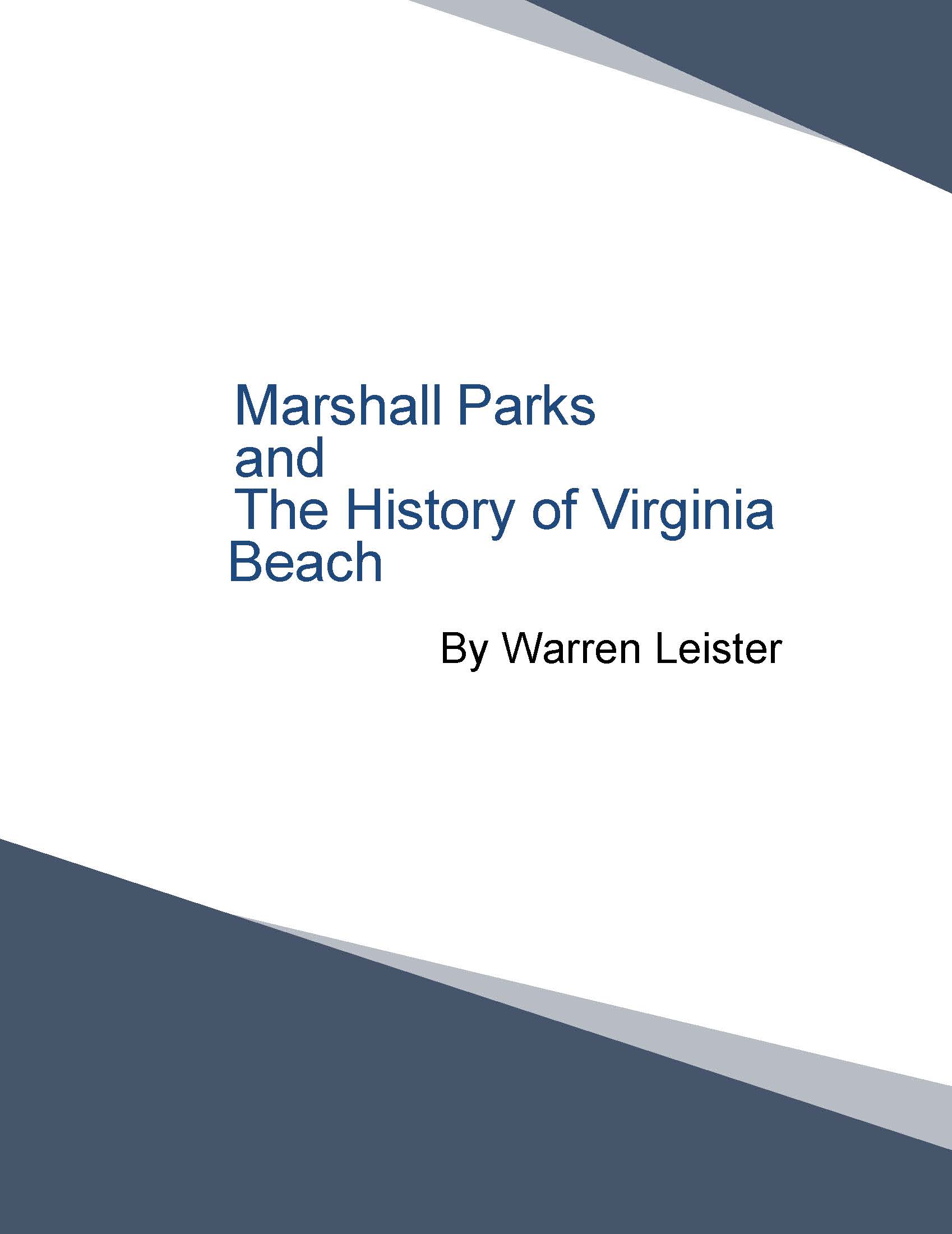
We have created and published a new historical document on the Birth of Virginia Beach. This has been written by our historian Warren Leister after researching the era and the people involved for several years. Excepts have been published here in our newsletter previously, but the information is now available all together in a 99 page document that you can purchase in our store. It factually explores the events, the dedicated people and the interesting culture in which they lived. Pick up your copy today!
The Model Railroad Museum of Hampton Roads is a fantastic community center based on running, operating and even building your own model railroads! There's something for every age here.
Learn about the real history of this area and how important it was in the building of America. Watch how railroads were built, the people involved, where America's roots were formed.
As they build their own railroads, students will be learning about science, electronics, architecture, technology, engineering, mathematics, and the art of 3 dimensional model landscaping. They can earn rewards for completing projects and winning contests.
Try to solve yardmaster problems on a switching layout like getting the lumber from the forest to the furniture store, by way of the saw mill and the lumber yard.
Run your train around blockades and other trains to get to the station on time without speeding or crashing.
Play railroad monopoly using model railroads. Winner is the one who can collect the most cars into his yard within an hour.
There will be programs for autistic and special needs kids, disabled adults and veterans.
School tours. Holiday Shows. Library and video rooms. Even youngsters will have their own wooden models to enjoy. There are classes and hands-on clinics for adults. Learn how to get started in the hobby. Or just enjoy the fun.
Everybody loves trains and this will prove it! Just click on the either the blue DONATE button below to make it happen...
PayPal Giving Fund:
No Credit Card Fees
OR...
Charitable Donations through PayPal, Credit or Debit cards:
(Opt in or out of paying credit card fees)
Get Updates and Special Offers in
the MRMHR Newsletter:
Making Tracks
Sign Up Here...
The official newsletter for the Model Railroad Museum of Hampton Roads




